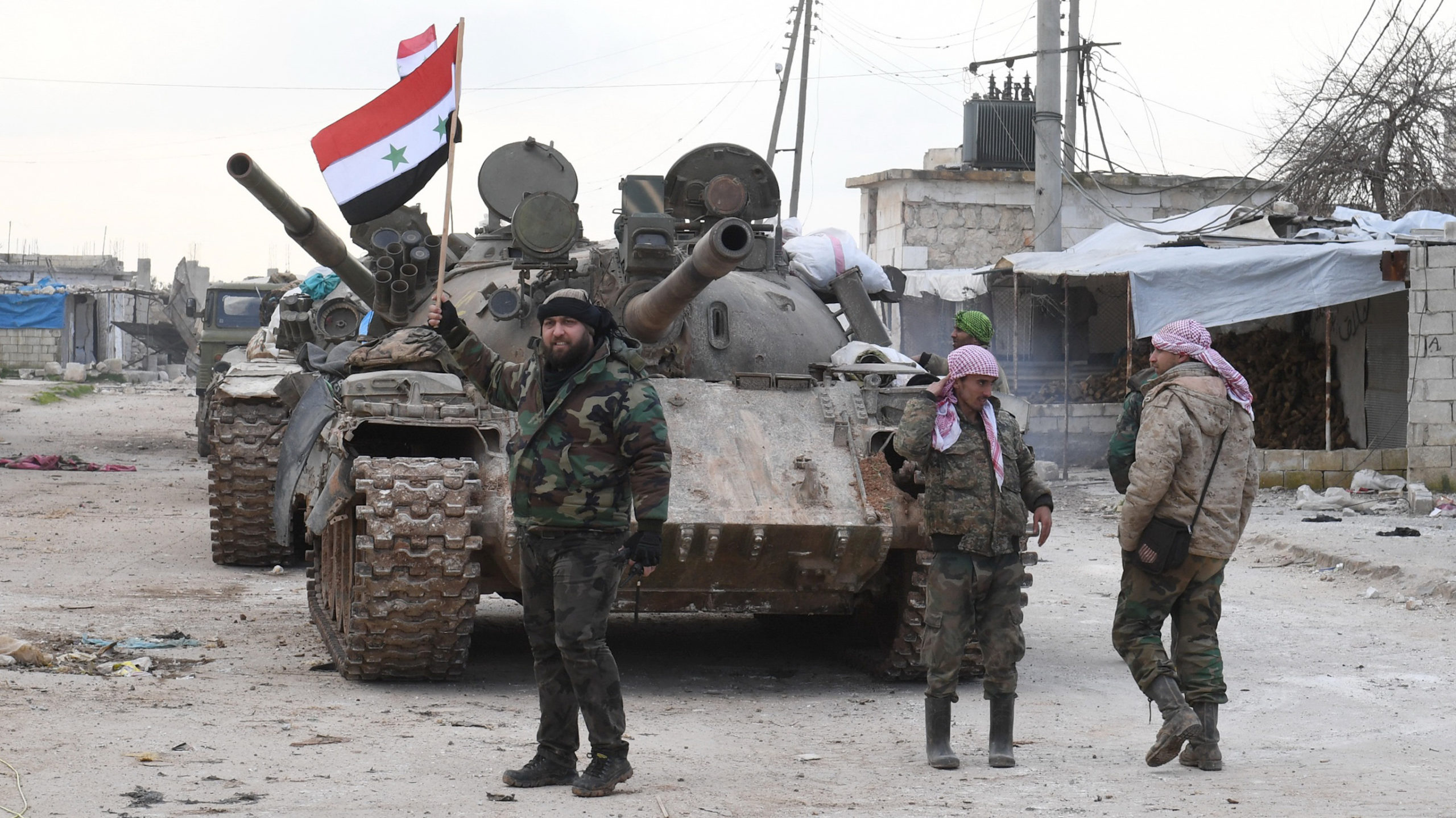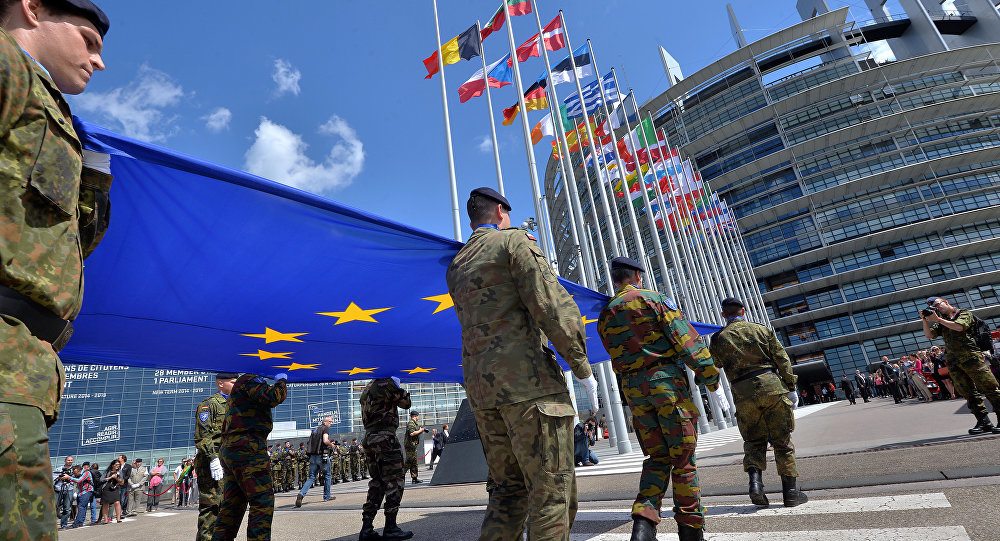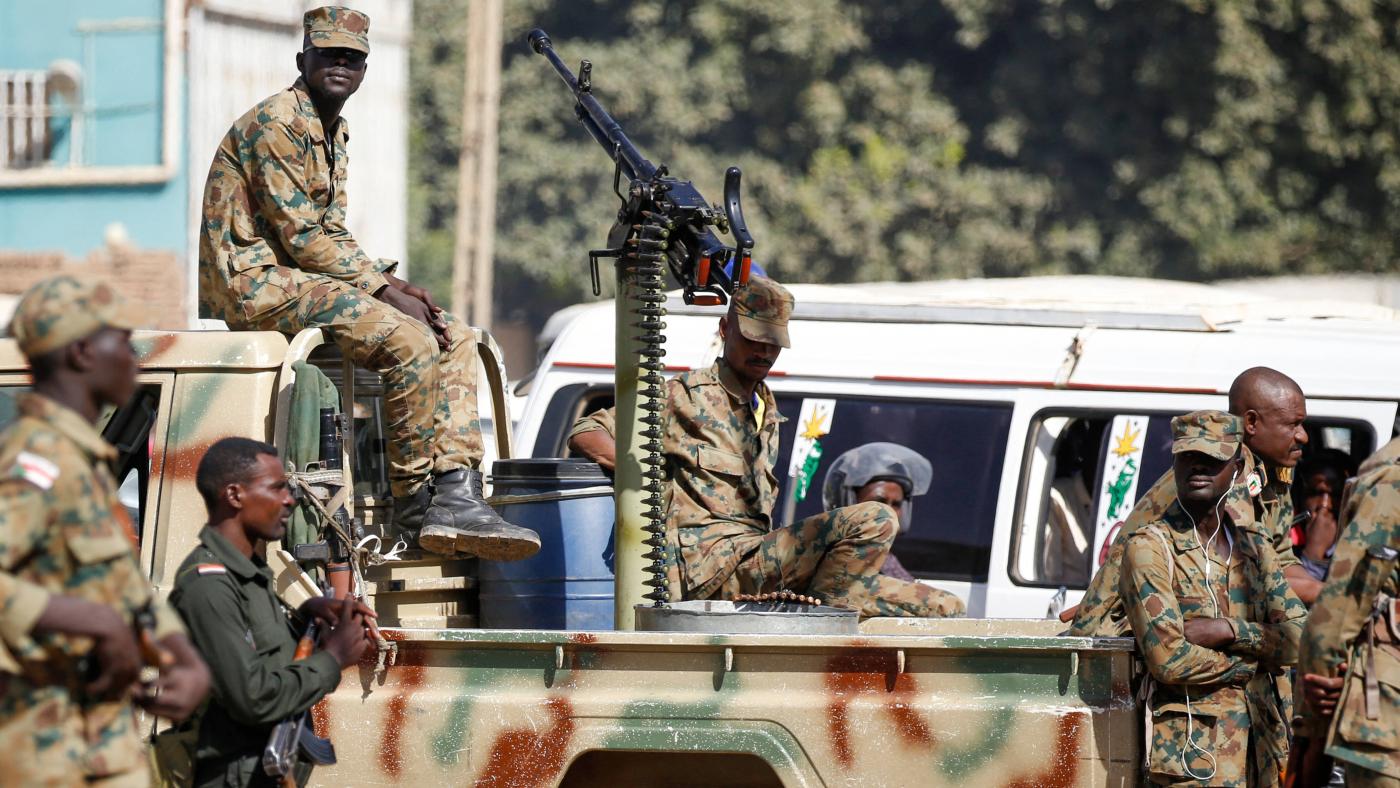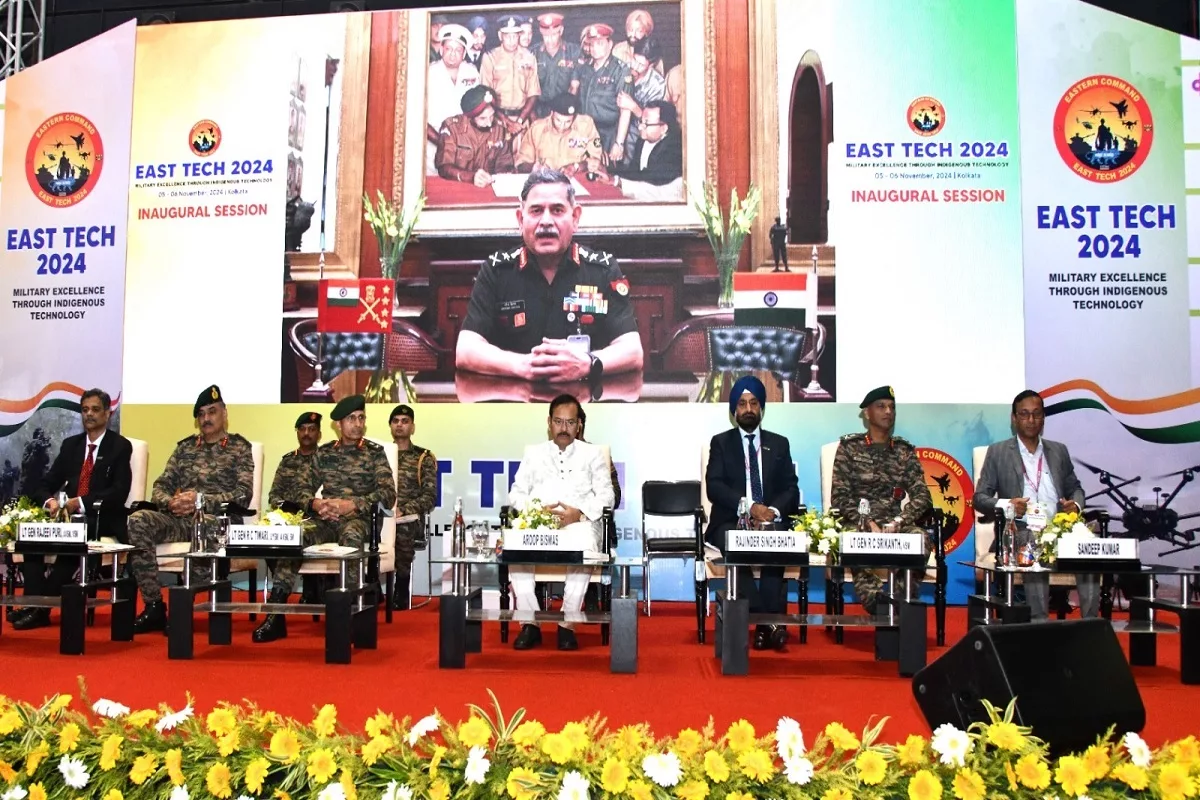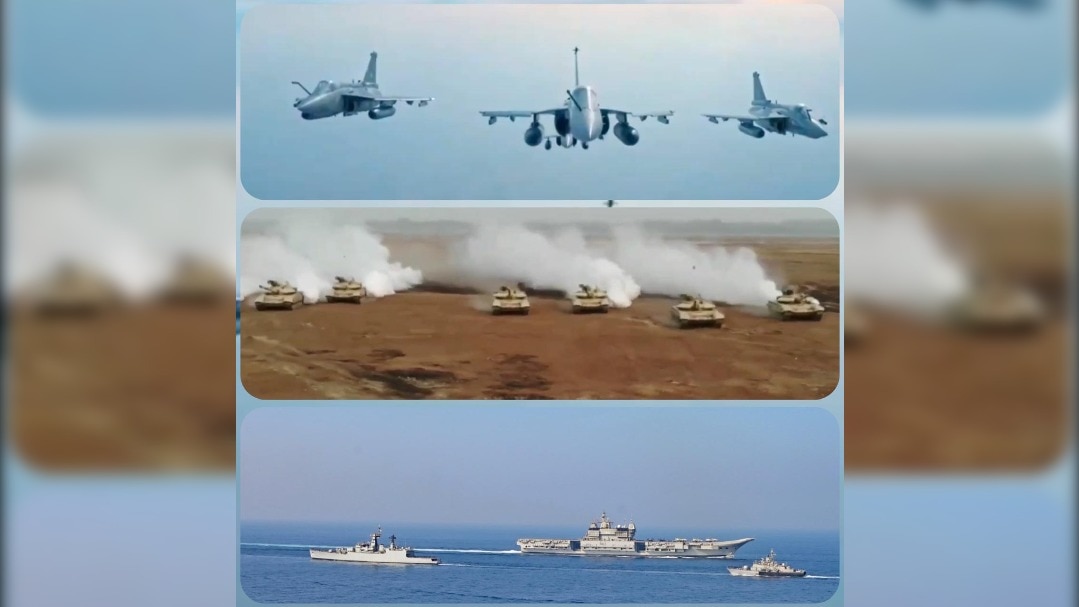Israeli Airstrike Hits Syrian Military Sites in Aleppo and Idlib, Injuring Soldiers
Syrian state media has reported an airstrike attributed to Israel in the early hours of Saturday, targeting areas in the…
Europe’s Defense Spending Up, But Military Manpower Insufficient Amid Rising Threats
Europe is experiencing a notable increase in defense spending in response to the ongoing conflict stemming from Russia's invasion of…
Sudanese Foreign Ministry Accuses Paramilitaries of Massacre in Al-Jazira State, Death Toll Reaches 120
The Sudanese foreign ministry has made grave accusations against paramilitary forces, alleging that at least 120 civilians lost their lives…
Air Warriors: A Unique Insight into Air Combat and the Lives of Those Who Serve
In a poignant exploration of military life and air combat, "Air Warriors" offers readers a rare glimpse into the personal…
East Tech 2024 Symposium Launches in Kolkata to Enhance India’s Defence Capabilities
The 'East Tech 2024' defence technology symposium commenced at the Biswa Bangla Mela Prangan in Kolkata, attracting a range of…
Indian Armed Forces to Conduct Tri-Service Exercise ‘Poorvi Prahar’ to Enhance Joint Operational Readiness
In a significant step towards enhancing military readiness, the armed forces are set to conduct the tri-service exercise Poorvi Prahar…

